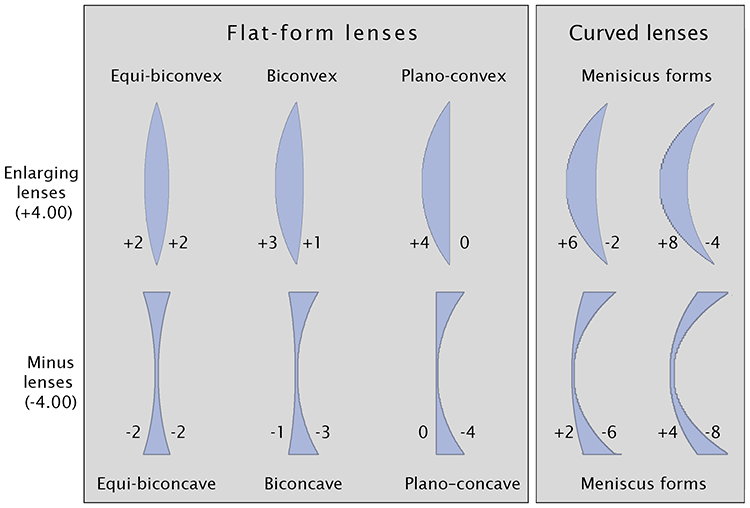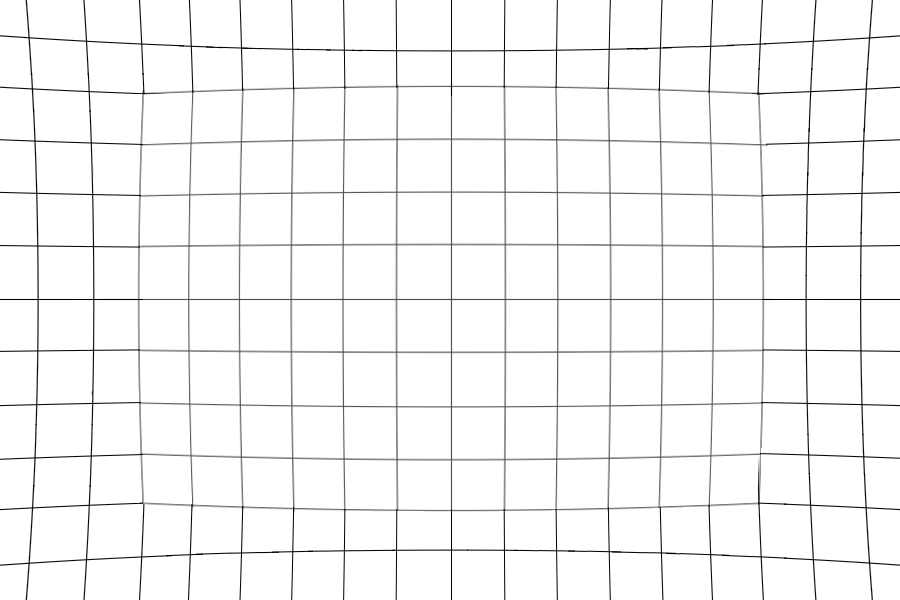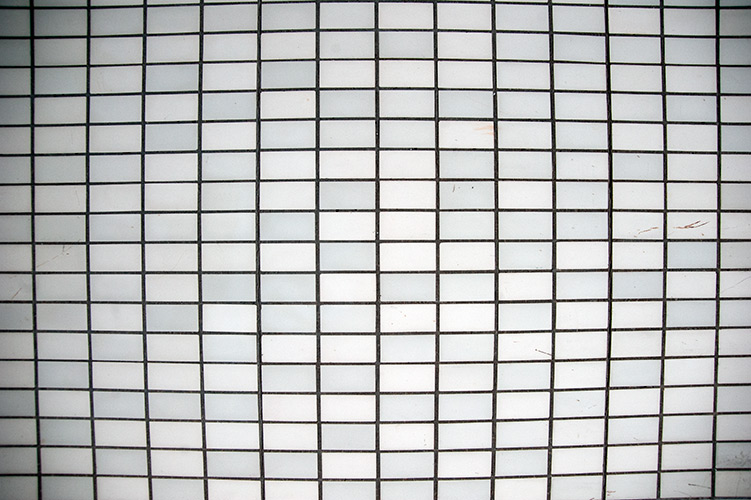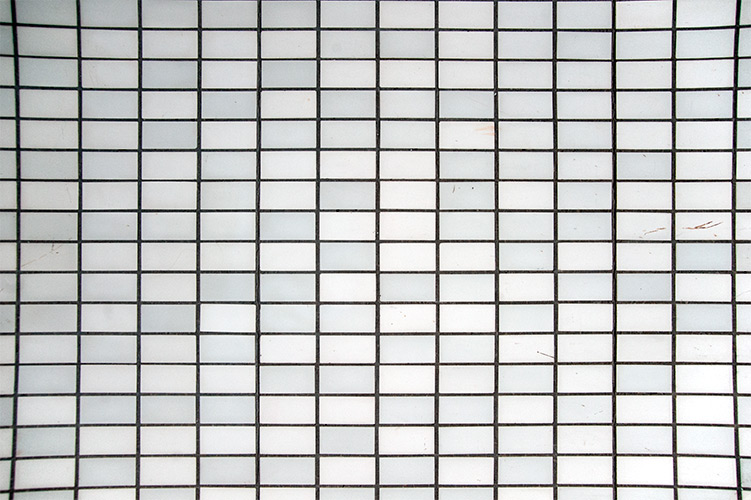Pekka Buttler, June 2021
This article is part of a JAPB series of articles on the optical flaws of lenses and you can find the index of the series here.
Introduction
There is hardly a connection or situation in which the word ‘distortion’ (like ‘aberration’) would not have a negative, even pejorative ring to it. Therefore, it is especially important to be very clear about what it is we’re talking about. ‘Distortions’, or more precisely: ‘geometric distortions’ are two different things: Firstly, there is perspective distortion, and secondly there is what (for the lack of a better word) we call optical distortion.
Perspective distortion is not a flaw, it’s a feature
Perspective distortion is — in the simplest terms — a function of lens’ field-of-view (or angle). A wide angle lens will make objects closer to the lens look proportionally larger, while relegating farther objects to small specks. A tele lens will compress the scene within its (narrow) field of view. Understand, that although we call these distortions, they are not really distortions in any other sense, than that they produce an image our eyesight is not used to. If we’d be outfitted with the optical apparatus of a fish, we’d refer to everything except a fish-eye perspective as ‘perspective distortion’. Furthermore, these are not lens design oddities on manufacturing flaws as every lens sporting a specific field of view — say 80 ° — will produce the same perspective ‘distortion’. Perspective distortion (as the pictures below of my daughter Bea will demonstrate) simply is an unavoidable by-product of lenses that produce a field-of-view sufficiently different from what our sight is used to. Therefore, perspective distortion is not really the subject of this article.


Note please, that perspective distortion is not the same as perspective – the tendency of (what in reality are) parallel lines to converge (as seen or photographed from a perspective) at a point (called the vanishing point). See also illustration below:

Optical distortions
Generally, when we hear someone complaining about their lens’ distortion, what they are referring to is optical distortion. Optical distortion means that the straight lines you’ve photographed turn out to be less than straight in the final photograph. Typically, photographers differentiate between three types of distortions: barrel distortion, pincushion distortion and mustache distortion.
Some physics
The single-optical-lens contraption we’re most used to playing with is the magnifying glass. Most of us have played with one of these at some stage, whether for looking at the fine print, or while playing with fire (literally). The most typical magnifying glass is of the type where both surfaces are rounded1 making a lens that is — in technical terms — an equi-biconvex lens (convex= centre bulges outwards; biconvex = both surfaces bulge outward; equi = both bulge the same amount.) If you have one these handy, take a look at what it does to existing straight lines.

In short, positive lenses (enlarging lenses, such as the one in a magnifying glass) produces some pincushion distortion, while negative lenses tend to produce barrel distortion. Assuming you’d have a perfectly balanced set of positive and negative lens elements, the result would be a lens (set of lens elements) free of distortion (the negative and positive elements and their distortions would cancel each other out). For example, the Cooke triplet (more on wikipedia) in its classic form is a perfectly balanced lens known for being free of optical distortions.
But, and this is where it gets more complicated, it is more difficult to design a perfectly balanced lens that allows for a wide-angle or tele field-of-view. Moreover, introducing optical distortions can often be a necessary by-product of trying to control other aberrations. For example, without measures specifically to address optical distortions, a brighter standard lens (e.g. a 50 mm f/1.4 lens) would show more distortions than a similar less bright standard lens (e.g. a 50 mm f/1.8 or f/2), because the brighter lens needs to pay more attention to combating spherical aberrations. As always, lens design is the making of trade-offs.
As long as we’re discussing single focal length lenses (‘primes’), one can safely say that wider-than-normal lenses tend toward barrel distortions, whereas narrower-than-normal lenses tend toward pincushion distortions. That said, wide-angle lenses have an overall stronger tendency towards producing clearly visible distortions than tele lenses (simply because of the greater amount of light-bending necessary).



A word or two about zooms…
The same is often true for zoom lenses. If you take a typical standard zoom lens, it will be likely to show barrel distortion at the wide end and pincushion distortion at the tele end. The exact focal length at which such standard zooms are distortion-free depends largely on the distortion addressing measures taken by the lens’ designers. Less obviously, many tele zooms show a similar behaviour in that their wider end (say: 80 mm FFE) will show some barrel distortion and their tele end (say: 200 mm FFE) will show pincushion distortion. Such cases are again an indication of lens designers’ trade-offs in which they’ve decided to introduce a general shift towards barrel distortion to minimize the amount of overall distortion (otherwise such a tele zoom would evidence mild pincushion distortion at the wider end and strong pincushion distortion at the narrow end).
That said, a zoom lens is significantly more difficult to correct for distortions satisfactorily, because there is an added major factor — the ability to zoom — that has to be given primacy. This was especially so with the early zoom designs. Today, you may have observed that the lens designs of zoom lenses have become quite horrendously complex. Take for example the standard pro zoom from Nikon from the late 70’s (the Nikkor Ai 35-70 mm f/3.5) with 10 elements in 9 groups and compare that to Nikon’s current standard pro zoom (the Nikkor AF-S 24-70 mm f/2.8 E ED VR) that has 20 elements in 16 groups. While one reason for the increase in element count here is the addition of in-lens optical stabilization (‘VR’ in Nikon-lingo), the main reason is that modern lens design extensively relies on a one-two -punch philosophy, wherein one lens element (that is responsible for the bulk of the refracting) is attended by another (that has the task of correcting the unwanted side-effects of that first, working lens element).
This approach has contributed to that zoom lenses today benefit from all those advances in materials and machining technology achieved in the last 25 + years, combined with — especially — computer aided design. Today lens designers have the capability to pretty much know the optical performance of a design even without having to manufacture a prototype, whereas in the olden days lens designers were forced to limit their lenses’ element count and limit the need to manually calculate the permutations implied by constructing a lens that not only had a high element count but also a lens where one set of lens elements was supposed to move around within the lens (to facilitate zooming).
That said, even today one regularly encounters modern zoom lenses with quite horrific distortion characteristics. The big difference between the age of legacy zooms and modern zooms is that to reach the kinds of extensive optical distortions a legacy 2-3x zooms had, you typically need to reach for a modern so called superzoom (zoom factor > 7 x).
So what about mustache distortion
Firstly, I hate this term, because whereas ‘barrel’ and ‘pincushion’ at least are quite descriptive, ‘mustache’ or ‘moustache’ distortion is a terminological abortion. I’d rather refer to it as ‘complex distortion’ or ‘mixed distortion’.

‘Mixed distortion’ would at least tell what it is all about. Mixed distortion is an optical distortion that combines elements of barrel and pincushion distortion. Typically this occurs in such a way, that the centre of a frame/image shows barrel distortion, while the edges show pincushion distortion. This distortion characteristic is luckily relatively rare, and is mostly to be found with high-factor zooms, budget ultra-wide lenses and ultra-wide zooms. Please understand that while the incidence of mixed distortion is highest in these categories, not nearly all lenses in these categories evidence the malady. Moustache/mixed distortions are especially troublesome, because they are very difficult to correct manually.


Correcting optical distortions
Before we go on to describe how optical distortions are today corrected, please understand that in the age of film distortions were nigh impossible to correct. A specially gifted and patient darkroom operator could — after a lot of experimentation and using a large repertoire of corrective lenses — find a method to somewhat alleviate the distortion characteristics of a given lens. But unless the photo was absolutely crucial, they rarely bothered.
Side note: If you’ve heard that pro’s (and their employers) used to shy away from zooms for a long time after the introduction of zooms, the main reason for this was the distortion such lenses tended to unavoidably produce. When the first pro-oriented zooms entered the field in the late 1970’s these lenses were often especially designed with minimizing optical distortions (not other image quality factors) as the primary goal of lens designers. Even so, if you’ve ever picked the brain of an old-timer newspaper photographer, they’d tell you of their repertoire of tricks to avoid showing the lens’ distortion (most important of all: to always try to place straight lines so that they would go through the image centre).
But that was then and this is now. Today, in the professional scene, distortions have largely become a non-issue. Most professional outfits use post-production software that automatically reads the image file’s EXIF data (to see the combination of camera, lens, focal length used, even the focusing distance) and thereafter applies a specific correction to undo whatever distortions (even mixed distortions) the lens produced. Some cameras can even do this operation in camera. Moreover, optical distortion is mostly a reasonably benign aberration/optical flaw in that — while some data does indeed go missing — it does not (as such) negatively impact resolution. It’s a rare occasion where one could look at a distortion corrected image and say “Here. Here I can see that the image has been stretched to have the distortion corrected.”
But, there are two ‘but’s. Firstly, correcting distortion unavoidably means that some data will have to be cut away if the final result is to fit into a straight-edged frame. This means that — if one knows that the lens produces significant distortion and that it will have to be corrected — one should not blithely place important aspects of the picture in the areas that will have to be cut. In practice, with lenses that produce pincushion distortion, one should avoid placing anything important near the image borders, while with barrel distortion one should avoid situating anything important at the image corners.


legs and truncated traffic sign
The second ‘but’ is that the whole blissful ignorance towards distortions some today can afford is dependent on two important criteria that have to be met. The first prerequisite is that the photographer has access to powerful post-production software. Granted, considering that such software need not cost a kidney (and is even available on a Free/Libre basis), cost is not so much an issue, but making use of powerful software nevertheless necessitates significant time spent on learning the basics about using such software. More importantly, for such software to be able to automatically correct the distortion in the image, the software needs to — at a minimum — know the camera and lens the image has been taken with and have a profile for that lens’ characteristics.
This latter is bad news for those among us who like to do some lens hacking, specifically through adapting old/legacy lenses. The issue herein is twofold. Firstly, as such legacy lenses do not communicate with the camera (unless having first undergone a work-intensive modification), the make and model of the lens can also not be saved in the image’s EXIF data. Secondly, even if you were to make the process semi-automatic by telling the post-production software what lens was used, very few profiles for legacy lenses exist (and not all post-production software even accepts such third party lens profiles).
This is especially bad news because while telling the post-production software manually what extent of barrel/pincushion correction to apply is far from overwhelmingly difficult, the lack of a pre-made profile makes the successful correction of mixed distortions anything but simple.
Footnotes
1 While the archetypal magnifying glass is based on an equi-biconvex lens, also magnifying glasses with biconvex lenses and plano-convex lenses are made.